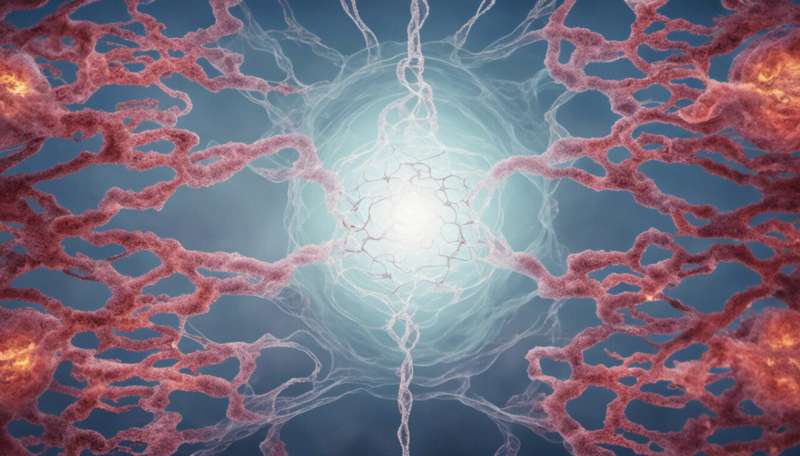Scientists make toxic gas sensing nine times more effective

A Russian-Belorussian research team has developed a new tungsten oxide–based gas sensing material that shows high sensitivity to carbon monoxide, nitrogen dioxide and acetone. The new material's gas sensing response was nine times higher than that of the existing sensors. The study was published in Nano-Structures & Nano-Objects.
The control of indoor air quality and the detection of toxic gases and volatile organic compounds are important for improving life and work conditions, and are needed in a variety of industrial, agricultural and environmental applications. This requires the development of special gas sensing materials with a high sensing response to a variety of gases of different chemical natures.
Scientists from NUST MISIS, Belarusian State University and A. V. Luikov Heat and Mass Transfer Institute of the National Academy of Sciences of Belarus have synthesized a new nanocomposite material that shows high sensitivity to different types of toxic gases in a broad variety of concentrations. It was obtained from tungsten oxide nanopowder modified with graphene and a copper nanocomposite.
Tungsten oxide was obtained via a sol–gel method also known as chemical solution deposition. Then graphene and copper nanopowder, obtained by the solution combustion method, was added into the precursor gel to achieve a closely interconnected structure.
"The material's gas-sensing properties were then studied with carbon monoxide, nitrogen dioxide and acetone used as test gases. The tests have shown that the introduction of 1 wt% of modifier leads to a nine-fold increase in the material's sensitivity to carbon dioxide and a six-fold increase in its sensitivity to acetone. The highest sensing response to acetone was obtained for the samples with 2 wt% of modifier," said Dmitry Moskovskih, head of the NUST MISIS Research Center for Engineering Ceramic Nanomaterials.
The obtained nanocomposites have great potential for practical application in commercial highly sensitive gas sensors due to the simplicity of the proposed synthesis approach, the researchers believe.
More information: Yulyan Haiduk et al, WO3–graphene–Cu nanocomposites for CO, NO2 and acetone gas sensors, Nano-Structures & Nano-Objects (2021). DOI: 10.1016/j.nanoso.2021.100824




















